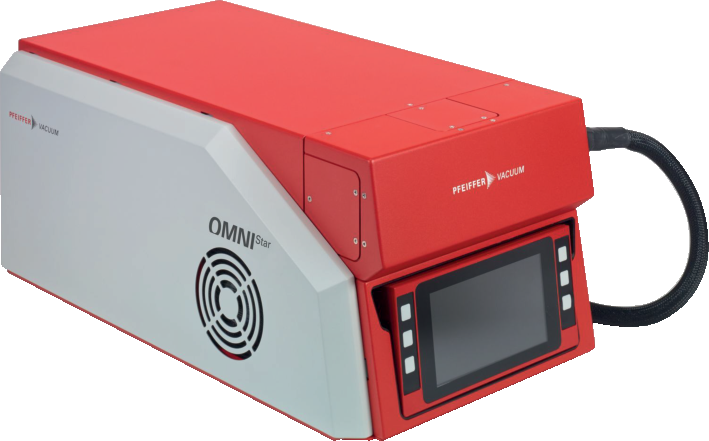Thermogravimetric Analysis
:grayscale(false):format(png))
Thermal gravimetric analysis (TGA) is an analytical method by which the change in mass of a specimen is measured as a function of temperature and time. The aim of the analysis in most cases is to determine the composition of a material, typically in the field of rubber and plastics analysis, the analysis of mineral substances (ceramics), as well as in the chemical and pharmaceutical industry. Thermal gravimetric analyzers can be coupled with other analyzers such as a mass spectrometer, to allow easier interpretation by determining the mass-to-charge ratio.
Application requirements
Coupling with thermal gravimetric system
High reliability
Low power consumption
:grayscale(false):format(png))
Application report: Connecting thermo balances to Pfeiffer Vacuum gas analyzers
How does it work?
Gravimetric analysis includes a group of lab techniques in analytical chemistry that are used to determine the characteristics of a substance through a change in mass. In thermogravimetric analysis, the change in weight in relation to a change in temperature in a controlled environment is measured. Heat is used in TGA to force reactions and physical changes in materials. Thermogravimetric analysis (TGA) is a reliable method to determine endotherms, exotherms, measure oxidation processes, thermal stability, decomposition points of explosives, characteristics of polymers, solvent residues, the level of organic and inorganic components of a mixture, degradation temperatures of a material, and the absorbed moisture content of materials. Materials analyzed by thermogravimetric analysis include explosives, petroleum, chemicals, biological samples, polymers, composites, plastics, adhesives, coatings, organic materials, and pharmaceuticals. The thermogravimetric analysis instrument usually consists of a high-precision balance and sample pan. The pan holds the sample material and is located in a furnace or oven that is heated or cooled during the experiment. A thermocouple is used to accurately control and measure the temperature within the oven. The mass of the sample is constantly monitored during the analysis. An inert or reactive gas may be used to purge and control the environment. The analysis is performed by gradually raising the temperature and plotting the substances weight against temperature. A computer is utilized to control the instrument and to process the output curves (temperature vs. weight).
Product portfolio
Our ThermoStar is a solution which was specifically designed for coupling with thermo balances. It has a quartz capillary which can be heated up to 200 °C (with a 350 °C option) with a heated hose. This prevents vapors from condensing during the process analysis. With the ThermoStar, Pfeiffer Vacuum has an analytical system which enables 128 different masses to be monitored. Unknown gases are also reliably identified by the analyzer with the aid of spectral libraries. The ThermoStar is designed for qualitative and quantitative gas analysis. The analyzer can be used in the 1–100 u, 1– 200 u or 1–300 u mass range. Its capillary inlet allows a practically segregation-free gas supply.

:grayscale(false):format(png))
:grayscale(false):format(png))
:grayscale(false):format(png))
:grayscale(false):format(png))